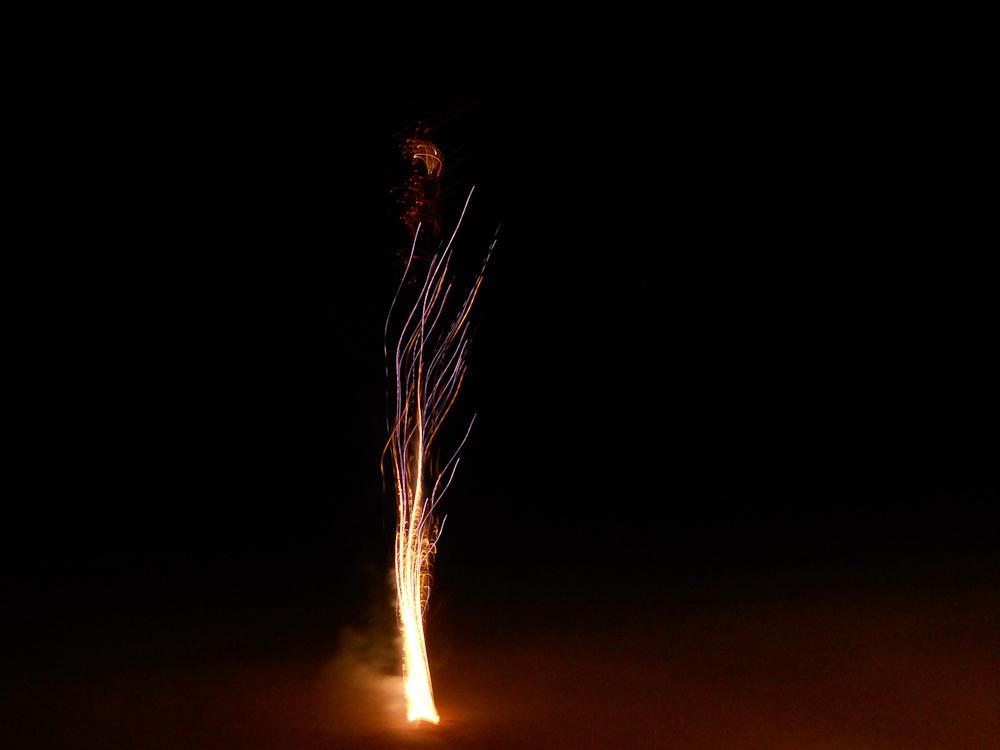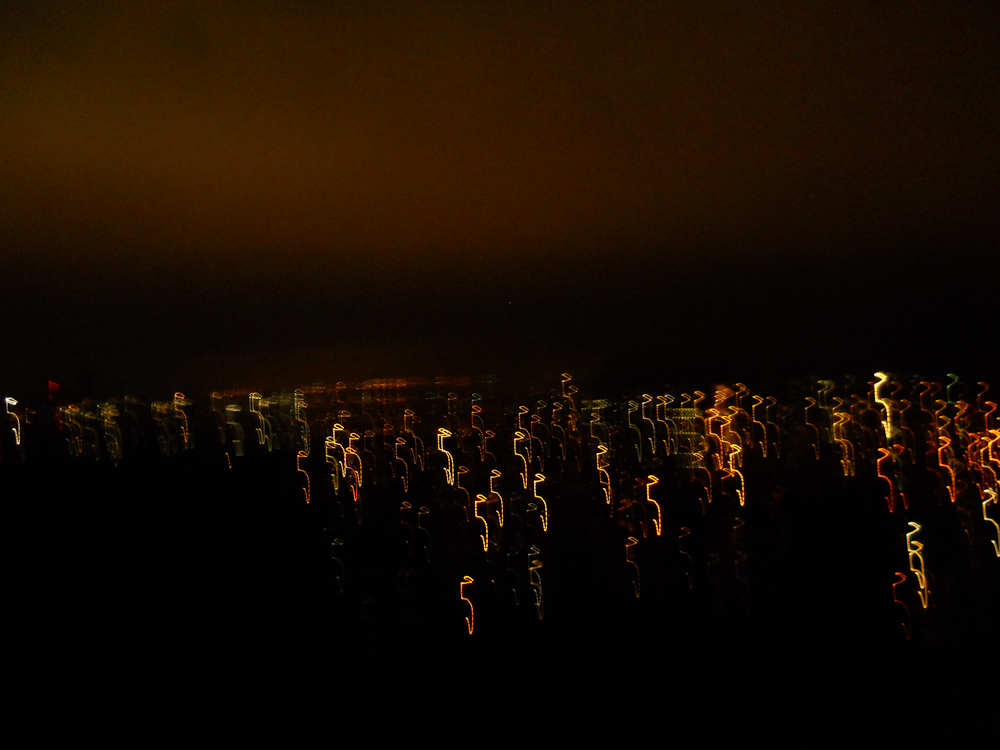I lost my sight at the age of eleven. I am registered blind and have only a little light perception. I am a photographer.
Central to my practice is my relationship with my immediate environment or the subject, and in particular how my experience in a moment can be captured. I am interested in the permission and denial of the visual, the interplay of dark and light and how the physical and visual aspects of the everyday are navigated and accessed by people with sight loss.
With the increase in availability and access to digital photography over the past decade, Blind Photography has become a popular art form amongst visually impaired people. Using other senses, memory and sometimes interpreters or technical assistants, Blind Photography allows visually impaired artists like myself to connect with the sighted world. By its very nature, it simultaneously challenges traditional photographic practice and ingrained beliefs about visual disability. Despite misconceptions that people without vision cannot participate in the visual arts, digital photography supports the development of artistic skills and knowledge uses digital technology to communicate, to create and to transcend beyond the physical limitations of the body.
Each Blind Photographer gains something different from their photography practice. For some photographers, for example those who have some sight, it is about being able to see or capture and revisit visual imagery more clearly. For myself, it is a personal experience: by using photography as an agent for communication, understanding and remembering, I can preserve live moments as vivid and powerful memories.
For my Night Series I photographed my local Edinburgh beachside suburb of Portobello from my perspective as a blind person. The Portobello Promenade is well known to me as my place of residence and is a symbol of the site where Edinburgh’s urbanity ends and nature takes over. It is the border between the civilised man made world and the natural word of the sea.
In this case, I worked with a technical assistant who described the colour of the sky as it turned from light to dark and then aided my use of the camera in order to capture my experience of this transition. This photographic process I have developed over time has a clear structure. It begins with an idea of something I want to photograph. I discuss my initial idea with my assistant. Between us we work out the practicalities and identify any difficulties that might obstruct the photoshoot. My assistant will assist me around the environment and describe its general appearance. All the time, I am listening and analyzing the information. If we have extra strong or poor light conditions, my assistant will adjust the camera for me. I then start taking my images. Some basic editing of the images will also take place at this time. If I feel the images have not worked, they are deleted. I then ask for suggestions regarding improved angles or will move closer or farther away from the subject.



